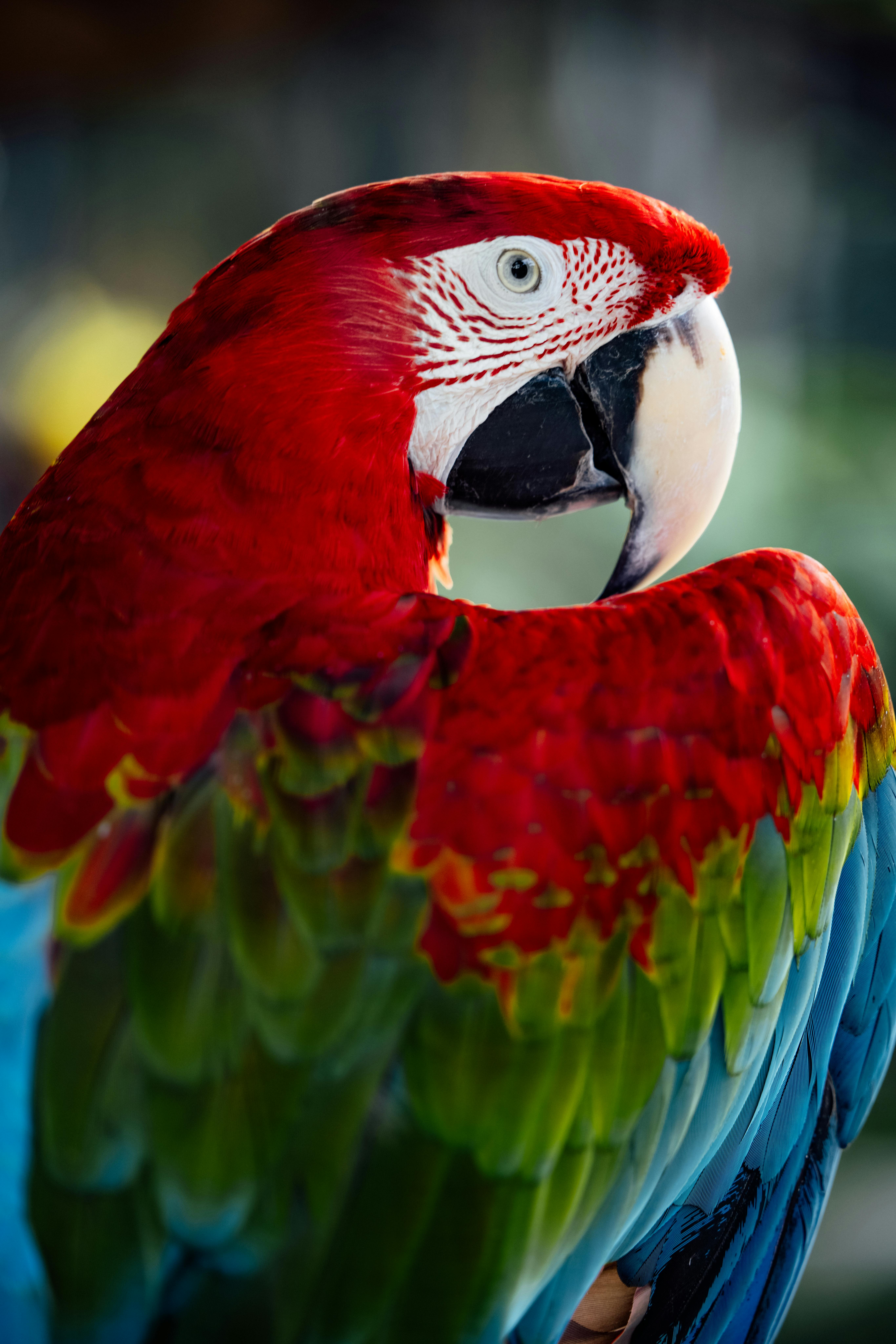Apply Now
Top 5 Essential Facts About Rex Rabbit Size in 2025
Understanding Rex Rabbit Growth Patterns
Rex rabbits, characterized by their unique velvet-like fur, come in various sizes that are influenced by several factors such as genetics, diet, and living conditions. In 2025, it’s essential for prospective owners to understand that the average size of a rex rabbit will generally fall within specific dimensions that are consistent across this breed. Adult rex rabbits typically weigh between 8 to 10 pounds, with male and female dimensions varying slightly.
Determining the right size of your rex rabbit depends on understanding their growth stages. From baby rex rabbit size (typically around 1-2 pounds) to their full size, it’s crucial to monitor their development closely. This growth chart for rex rabbits can serve as a useful reference to ensure they are progressing appropriately in their growth journey.
Factors affecting rex rabbit size not only include their genetics but also nutritional intake and care practices. Proper feeding guidelines for rex rabbits play a significant role in achieving an ideal weight and growth curve. A well-balanced diet rich in hay, fresh vegetables, and specific rabbit pellets can help in managing the sizes of rex rabbits efficiently.
With the increased interest in raising healthy rex rabbits as pets, understanding their growth patterns is a fundamental aspect of responsible rabbit ownership. Now that we've covered the basics of growth, let’s dive deeper into the standard rex rabbit dimensions.
Standard and Average Rex Rabbit Sizes
When referring to standard rex rabbit size, it's important to note that there can be variations among individual rabbits, particularly between different breeds as well as size standards. Generally, the average adult size of a rex rabbit can range from 14-18 inches in body length, and their height typically falls between 8-12 inches.
This aspect of comparing rex rabbit sizes becomes intriguing when we consider large rex rabbit breeds and small rex rabbit growth. For example, standard rex rabbits often meet the size guidelines set for show rabbits, which adds a layer of consideration for owners looking to participate in exhibitions.
As you assess the dimensions of your rex rabbit, consider factors such as their body measurements, which can give you a clearer understanding of how your pet fits within these size standards. Remember, understanding adult weight of rex rabbits also contributes significantly to their overall health and well-being.
Next, let’s explore the impact of a rabbit's size on its care requirements.
The Role of Size in Rex Rabbit Care
Rex rabbit size has a direct effect on their housing, diet, and overall care. It’s essential to provide proper rex rabbit housing size that accommodates their adult size comfortably. A spacious hutch or pen allows for movement and exercise, helping to mitigate health concerns related to obesity, particularly in larger breeds.
While adult weight of rex rabbits is crucial for maintaining health, it also ties into proper grooming practices. Larger rabbits might require more frequent grooming sessions to manage shedding, while smaller breeds might need less. The differences in rex rabbit sizes also mean that their exercise needs may vary; larger rabbits often benefit from more space to hop, while smaller rabbits might adapt to tighter spaces more readily.
Moreover, feeding requirements for rex rabbits should be aligned with their size. Bigger rabbits might need larger portions of high-quality hay and vegetables compared to smaller breeds. Understanding these care dimensions ensures that all rex rabbits, regardless of their size, thrive in their environments.
As we delve deeper, let's also look into the specific factors influencing rex rabbit growth and the management of their sizes.
Factors Affecting Rex Rabbit Sizes
Several factors impact the growth and overall size of rex rabbits, from genetics to environmental influences. Understanding rabbit breed characteristics is important, especially when selecting a rabbit based on size preferences. Genetics plays a critical role, where larger lineage lines may produce bigger offspring, while smaller lineages can lead to dwarf rex rabbit sizes.
Environmental factors such as habitat quality and space can also play a significant role. Providing an optimal rex rabbit environment with ample room for play and exploration can greatly affect growth patterns. Additionally, maintaining a consistent routine for feeding and care helps in developing healthy dimensions.
Health considerations for rex rabbit size should not be overlooked. Regular veterinary check-ups can help manage their growth and monitor for common health issues related to improper weight. Keeping a rex rabbit weight chart can assist in tracking their development and identifying any significant deviations from expected growth rates.
This leads us to the practical tips that ensure healthy growth for rex rabbits.
Managing Rex Rabbit Sizes Effectively
Managing rex rabbit size is about ensuring a balanced approach to their care. Regular measurements using a scale can help track their progress, allowing owners to adjust diets as needed based on their growth trends. Additionally, feeding guidelines should incorporate high-fiber diets tailored to their specific sizes.
Measuring a rex rabbit accurately is vital for monitoring their development. Owners should take note of their measurements regularly, observing the differences in size as they mature. This can provide insights into whether the rabbit is hitting its growth milestones or if adjustments in care are necessary.
When caring for growing rex rabbits, enriching their environment is key. Providing toys, exercise opportunities, and socialization can contribute positively to their physical and mental health. This holistic approach ultimately leads to a well-rounded rex rabbit that not only meets the ideal rex rabbit weight but also exhibits better temperament and behavior.
Lastly, let’s conclude with some common questions about rex rabbit sizes that potential owners should consider.
Common Questions about Rex Rabbit Sizes
How Big Do Rex Rabbits Get?
Rex rabbits can vary significantly in size depending on genetics and breeding. On average, most reach about 8 to 10 pounds when fully grown. However, some can grow larger, especially if they belong to a larger breed line.
What Are the Housing Requirements for a Full Grown Rex Rabbit?
A full-grown rex rabbit needs a spacious environment with plenty of room to roam. Good ventilation, security against predators, and easy access to food and water are essential. A hutch or pen that allows for jumping and stretching will help maintain their overall health.
What Should I Feed My Rex Rabbit to Maintain Healthy Size?
A balanced diet is crucial for maintaining the health and size of your rex rabbit. Fresh hay, high-quality pellets, and fresh vegetables are all important. Monitor their food intake to ensure their weight remains within a healthy range.
Are There Different Sizes Among Rex Rabbit Breeds?
Yes, there are variances within the rex rabbit breed. While most reach the standard size, some may be bred specifically for larger or smaller dimensions, like the dwarf rex variety.
How Do I Manage An Overweight Rex Rabbit?
If your rex rabbit appears overweight, consult with a vet for a tailored feeding and exercise plan. Reducing fatty foods and increasing activity can help manage their weight effectively and keep them healthy.




